Enhancing Neurologic Health: IV Nutrient Antioxidant Therapy for Neurological Disorders
- Dr Ashleigh Bhanjan
- Apr 9, 2024
- 5 min read
Updated: Apr 19, 2024
Intravenous (IV) antioxidant therapy has gained attention in the field of neurology for its potential benefits in various neurologic disorders.
IV therapy involves administering essential nutrients directly into the bloodstream, allowing for maximum absorption and utilization by the body. This method bypasses the digestive system, ensuring a more potent and rapid delivery of nutrients compared to oral supplementation.

Considering we are managing patients with neurological disease, such as stroke, Parkinsons disease, dementia, etc, we would discuss the option of IV therapy, dosage and frequency, tailored to your specific condition.
Why Antioxidants in Neurology ?
Antioxidants can protect against oxidative stress, which contributes to the pathophysiology of numerous neurological conditions.

Benefits of IV Antioxidant Therapy in Neurologic Disorders
IV antioxidant therapy can be beneficial in neurofunctional pain management by addressing underlying issues such as nutrient deficiencies and promoting overall health.
Intravenous (IV) antioxidant therapy offers several benefits in the management of neurologic disorders, providing a direct and efficient way to deliver essential nutrients to the body.
These antioxidants have shown potential in preclinical studies and have been investigated for their protective roles in various neurological conditions, such as stroke, Alzheimer's disease, Parkinson's disease, and traumatic brain injury.
Clinical applications, in Neurological disease
Intravenous nutrient therapy is being applied to several neurological disorders, including :
This therapy aims to address nutrient deficiencies, support immune function, and promote overall health and well-being in patients experiencing neurological disorders.
The specific combination of nutrients varies depending on the individual's needs and diagnosis.
Some essential vitamins commonly included in IV therapy are :
B-Complex : Improves metabolism and has anti-inflammatory properties.
Vitamin C : Boosts the immune system and joint health.
Magnesium : Aids in nerve, muscle, and skin health
Specific Nutrients Used in IV Therapy
Glutathione: An antioxidant that helps reduce inflammation and support natural healing processes, potentially relieving pain.
NAD (Nicotinamide Adenine Dinucleotide): Plays a crucial role in cellular energy production and may have neuroprotective effects.
N-Acetylcysteine (NAC): Known for its antioxidant properties and potential benefits in neuroprotection.
Vitamin C: Essential for immune function, joint health, and cardiovascular health.
Vitamin B12 : Crucial to various bodily processes, including normal functioning of the brain and nervous system, cognitive functioning (ability to think), formation of red blood cells and anemia prevention, helping create and regulate DNA, possibly preventing congenital abnormalities

The Potential of IV Glutathione, NAD, and NAC in Parkinson's Disease
Parkinson's disease (PD) is a neurodegenerative disorder characterized by the loss of dopaminergic neurons in the substantia nigra.
Oxidative stress and mitochondrial dysfunction are thought to contribute to the pathogenesis of PD.
Intravenous nutrient therapy, including glutathione, NAD, and NAC, has been proposed as a potential treatment for PD.
Key Points
Glutathione is a potent antioxidant that plays a crucial role in protecting dopaminergic neurons from oxidative stress.
NAD is a coenzyme that plays a critical role in energy metabolism and mitochondrial function.
NAC is a precursor to glutathione and has been shown to increase brain and blood glutathione levels in individuals with PD.
IV Glutathione
Intravenous administration of glutathione has been shown to increase brain and blood glutathione levels in individuals with PD.
A randomized, double-blind, pilot study found that intravenous glutathione improved motor function in individuals with PD.
Glutathione is poorly absorbed when taken orally, making intravenous administration a more effective delivery method

IV NAD
NAD levels decline with age and have been implicated in the pathogenesis of neurodegenerative diseases, including PD[2].
NAD precursors, such as nicotinamide riboside, have been shown to increase NAD levels and improve mitochondrial function in animal models of PD.
The safety and efficacy of intravenous NAD in PD have not been extensively studied.
IV NAC
NAC has been shown to increase brain and blood glutathione levels in individuals with PD.
A pilot clinical study found that NAC improved motor function and increased brain glutathione levels in individuals with PD.
NAC has been shown to protect dopaminergic neurons from oxidative stress and mitochondrial dysfunction in animal models of PD
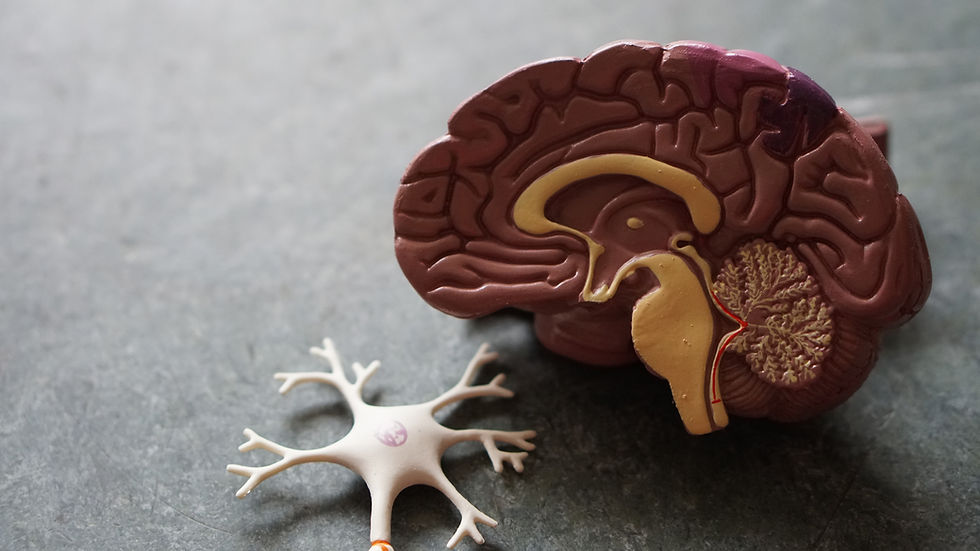
Harnessing the Power of IV Glutathione, NAD, and NAC in Dementia Care
Dementia, a progressive decline in cognitive function affecting daily life, poses a significant challenge globally. In the realm of dementia care, the potential of intravenous (IV) nutrient therapy, specifically involving glutathione, nicotinamide adenine dinucleotide (NAD), and N-acetylcysteine (NAC), has garnered attention for its neuroprotective and antioxidant properties.
Key Points
Glutathione serves as a crucial endogenous antioxidant that plays a pivotal role in combating oxidative stress associated with dementia
NAD is essential for energy metabolism and mitochondrial function, with potential implications in neurodegenerative diseases like dementia
NAC acts as a precursor to glutathione synthesis and exhibits antioxidant and anti-inflammatory activities beneficial for neurodegenerative conditions
IV Glutathione
Studies suggest that elevating glutathione levels through IV administration may offer a therapeutic strategy to combat oxidative stress in Alzheimer's disease and mild cognitive impairment
Glutathione's antioxidant properties play a significant role in protecting neurons from oxidative damage, potentially slowing disease progression
IV NAD
NAD levels decline with age and have been implicated in neurodegenerative diseases like dementia. Strategies to boost NAD levels through IV therapy may hold promise in mitigating disease-related processes
IV NAC
NAC acts as a precursor to glutathione production and demonstrates neuroprotective effects in preclinical models of dementia
Intravenous administration of NAC has shown potential benefits in increasing brain glutathione levels and protecting against oxidative damage associated with neurodegenerative diseases
What are the side effects ?
Intravenous nutrient therapy carries similar risks to traditional IV therapy, including infection, blood clots, and fluid overload
High-dose vitamin infusions can lead to electrolyte imbalances, nerve damage, and organ failure
Prolonged use of intravenous nutrient therapy may increase the risk of drug interactions and side effects.
Additionally, careful consideration of patient eligibility, dose selection, and monitoring of treatment outcomes are essential to minimize risks and maximize benefits.
Conclusion
Intravenous nutrient therapy involving glutathione, NAD, and NAC presents a novel approach to addressing oxidative stress and neuroprotection in dementia., parkinsons dsease and other neurodegenerative disorders.
While research continues to explore the efficacy and safety of these interventions, their potential in enhancing cognitive health offers hope for individuals affected by these neurological disorders.
By understanding the mechanisms underlying IV nutrient therapy, healthcare providers can tailor treatment strategies to optimize outcomes for individuals living with these conditions.
Contact us, for a clinical discussion, with Integrative Neurologist, Dr. Ashleigh Bhanjan.
Disclaimer
Intravenous nutrient therapy (IVNT) for neurodegenerative disorders is not yet universally accepted as a primary treatment option but rather as a complementary approach alongside conventional therapies.
The effectiveness of IVNT in treating neurodegenerative diseases remains a topic of ongoing research and debate.
Clinical trials and observational studies have demonstrated that certain nutrients and vitamins can positively impact neurodegenerative diseases, such as Alzheimer's disease (AD), Parkinson's disease (PD), and multiple sclerosis (MS).
However, these studies are limited in scope, and larger, long-term, placebo-controlled trials are required to fully understand the efficacy and safety of IVNT for neurodegenerative diseases
It is essential to consider that IVNT carries risks, such as local irritation, infection, and allergic reactions.
Furthermore, the cost of IVNT and lack of insurance coverage make it less accessible than oral supplementation for many patients.
As research continues to evolve, the understanding of the role of IVNT in neurodegenerative diseases will expand, and its potential benefits may become clearer.
Until then, healthcare professionals should recommend a holistic approach to managing neurological disease, including neurodegenerative diseases, combining traditional medication, lifestyle changes, and targeted nutritional interventions.

References
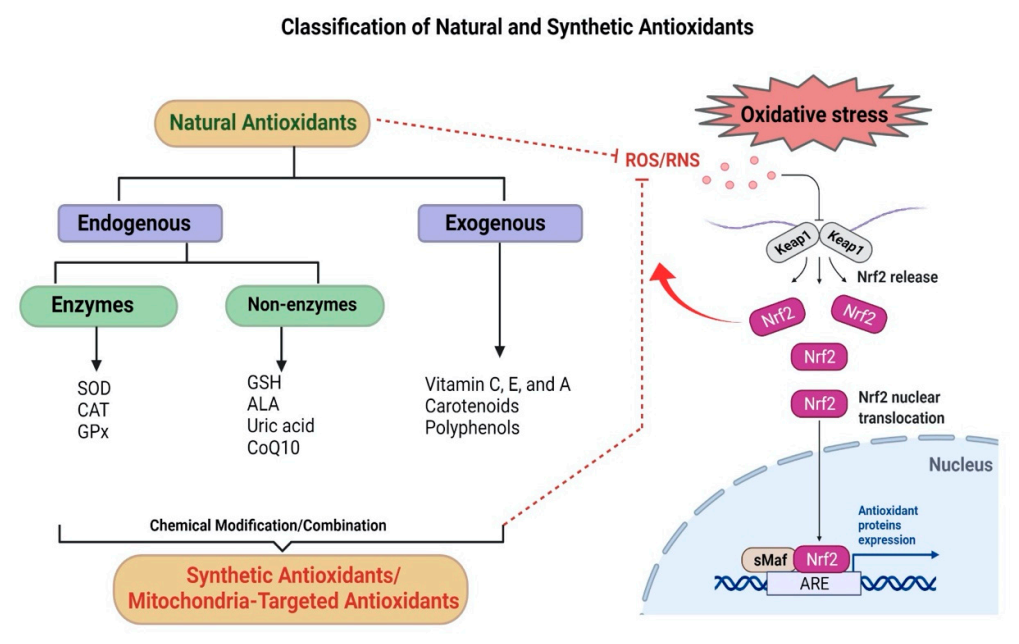
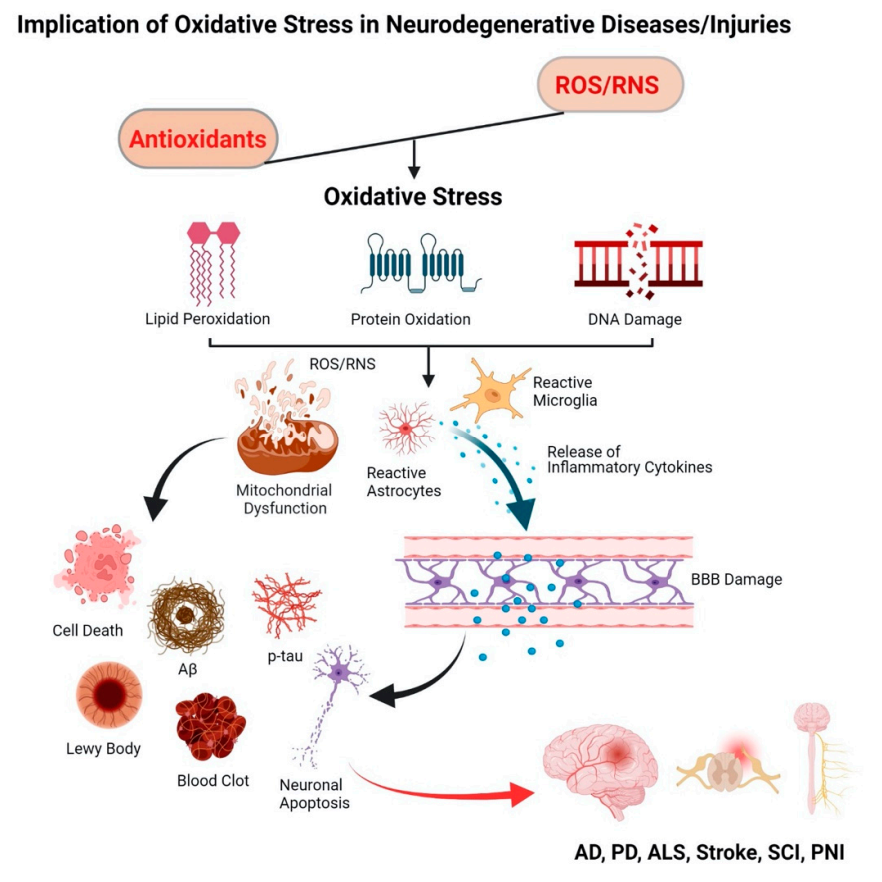
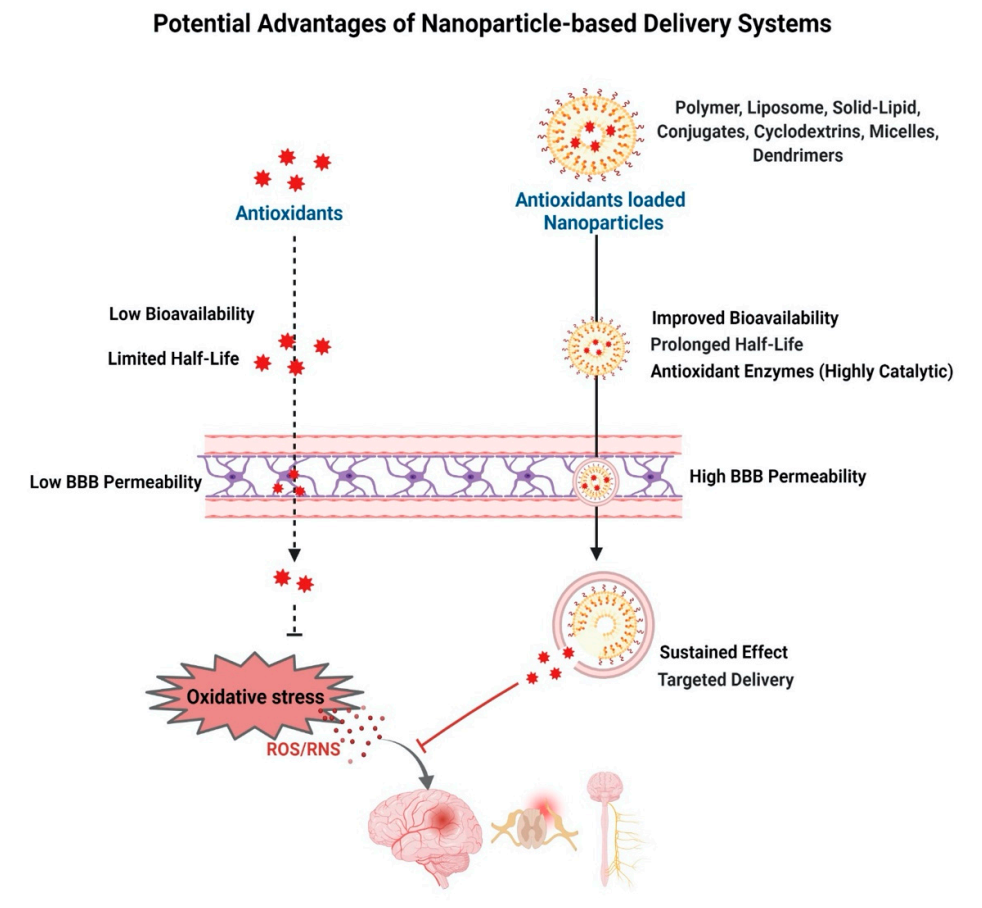
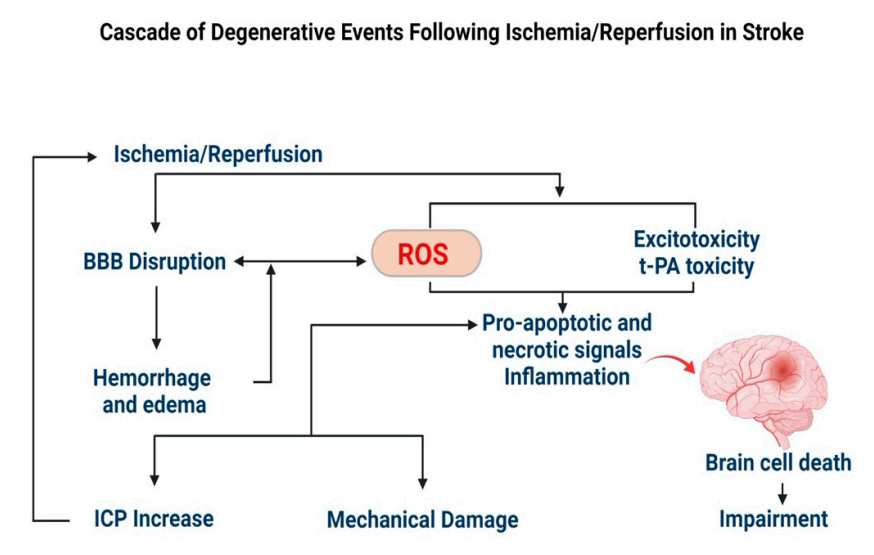
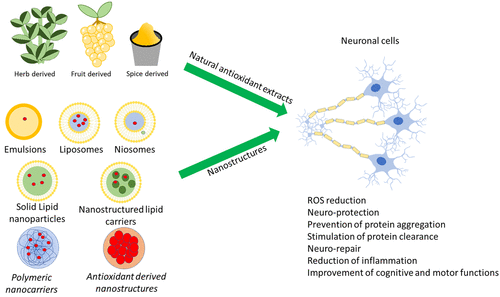
Comments